“Oh Deer!” Chapter 2
Anyone who has read my articles over the years knows how I feel about deer. “Yes, of course, but you’re a landscaper,” you might say, and you would be right. From thousands of plant options in the Tremblant area, we are often down to less than 100 and among those, there are almost no trees or woody plants. But my ornamental angst is far from being the only effect of the white-tailed deer population explosion. Fun fact: the New York Timessays deer collisions account for more deaths in the US than sharks, alligators, bears and rattlesnakes, combined.
But the Nature Conservancy says it best, in a 2013 article: “In our opinion, no other threat to forested habitats is greater at this point in time – not lack of fire, not habitat conversion, not climate change. Only invasive exotic insects and disease have been comparable in magnitude. We can argue about which threat is more significant, but no one who walks the eastern forests today can deny the impact of deer to forest condition.”
The main concern in Tremblant is the decimation of understory growth. White-tailed deer will eat anything, and that includes beautiful spring flowering viburnums, trilliums…and any young trees trying to grow. You wonder why you can see perfectly through the woods at a certain level? That is the browse line, and they have eaten everything else.
So, what are the effects of this? Declining songbird populations due to a lack of intermediate canopy layers and shrubs for nesting, for starters. Disappearance of already fragile interconnected colonies of native vegetation. And, remember the panic over blue-green algae and the ensuing renaturalization push to slow erosion and absorb phosphates? All good…except the natural understory is gone. And the recommended plants? Nibbled to death, leaving lots of grass. Our beautiful forests, one of our key tourism draws? The next generation of trees is getting munched.
The ongoing opinion of the Town of Mont-Tremblant and the wildlife management branch of the government is that this devastation is part of a natural cycle. It is however quite clear that, as has been found elsewhere in North America, this is not a natural thing. So, what to do? Never feed them, obviously. Longer term? While difficult to accept for animal rights groups, the best and reportedly most humane results have been from changing hunting practices to allow for a longer season and more permits for females.
Or, maybe we can ‘help’ nature: one of the best illustrations of the effect of overbrowsing by ungulates – and the very swift regeneration of the environment once they are controlled – is the classic online video about the reintroduction of wolves in Yellowstone Park. Check it out; it will probably give you a new perspective on our Bambi overload…
By the same author: Retail therapy (Click the image below)

Laura Scully64 Posts
Diplômée de l’Université de Guelph en horticulture, Laura Scully est cofondatrice et copropriétaire de Northland, entreprise tremblantoise d'aménagement paysager maintes fois primée. Elle partage son savoir horticole avec les lecteurs du Tremblant Express depuis 2009. / A University of Guelph graduate in horticulture, Laura Scully is the cofounder and co-owner of Northland, the Mont-Tremblant landscaping company that has won so many titles and awards. She has been sharing her knowhow with Tremblant Express readers since 2009. paysagistesnorthland.com
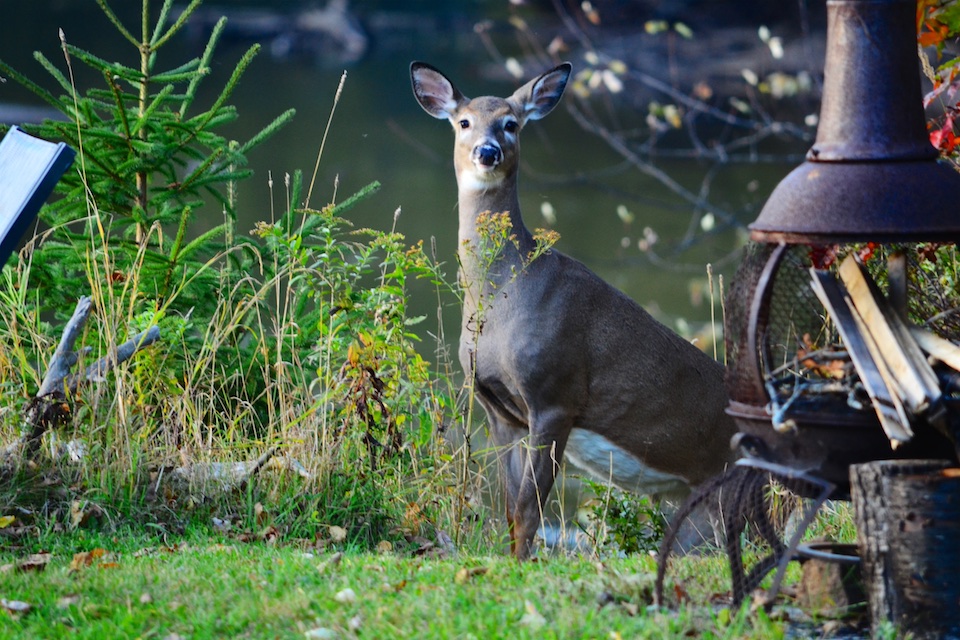
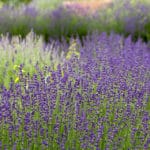
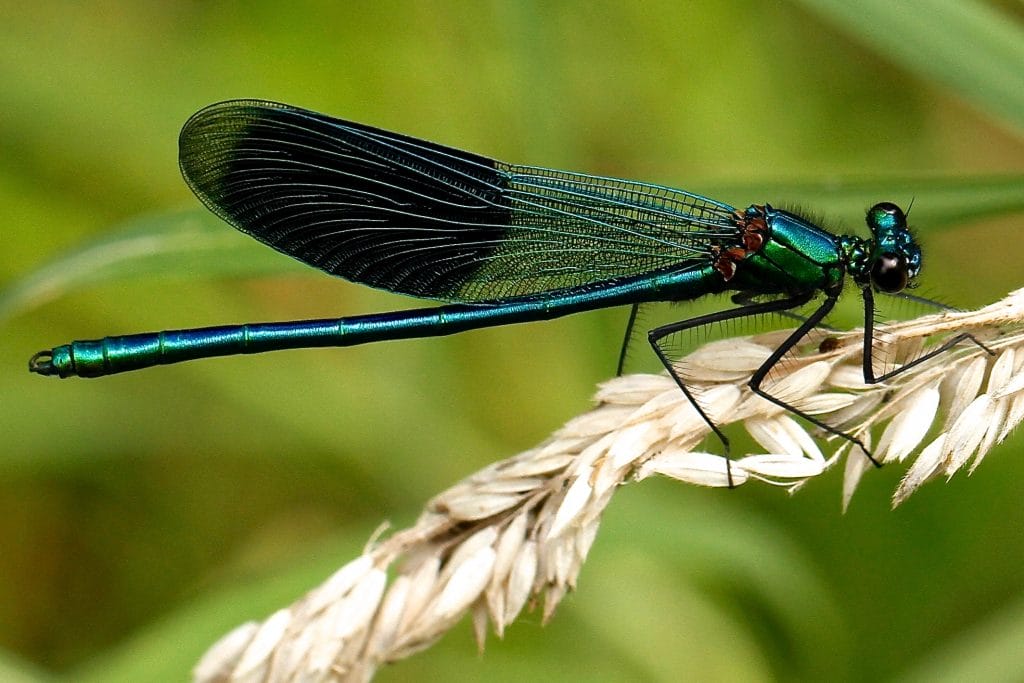


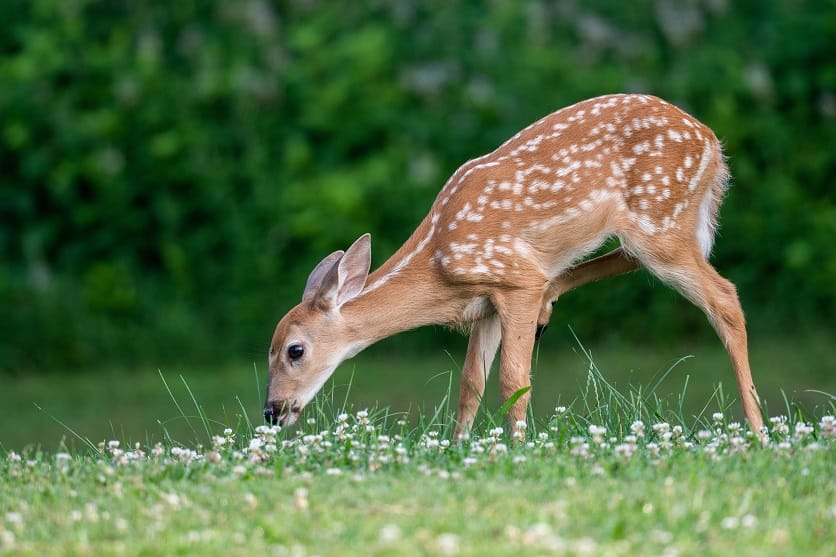

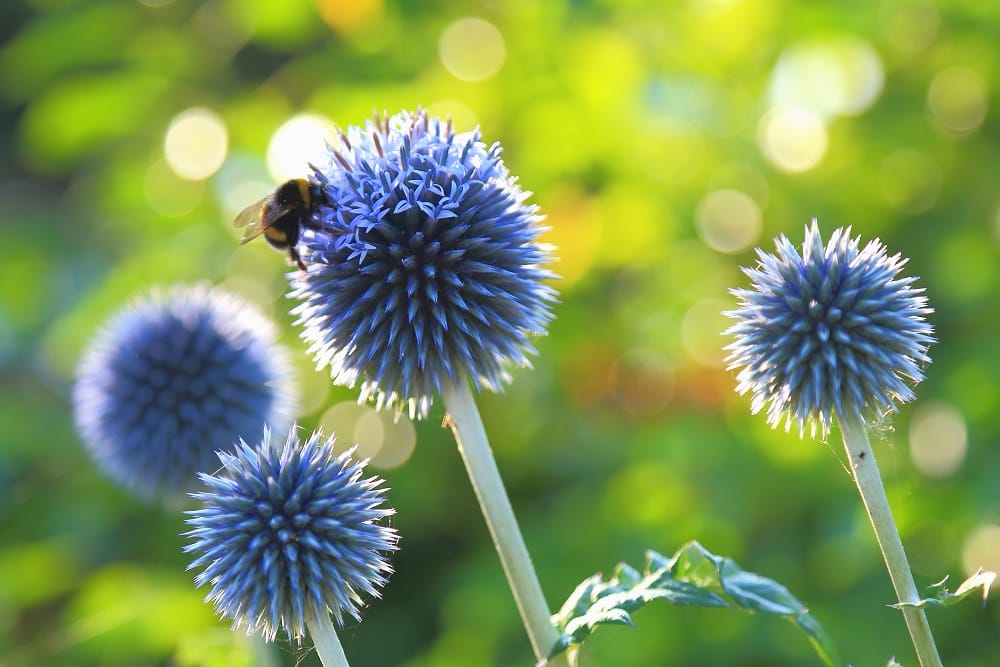
0 Comments